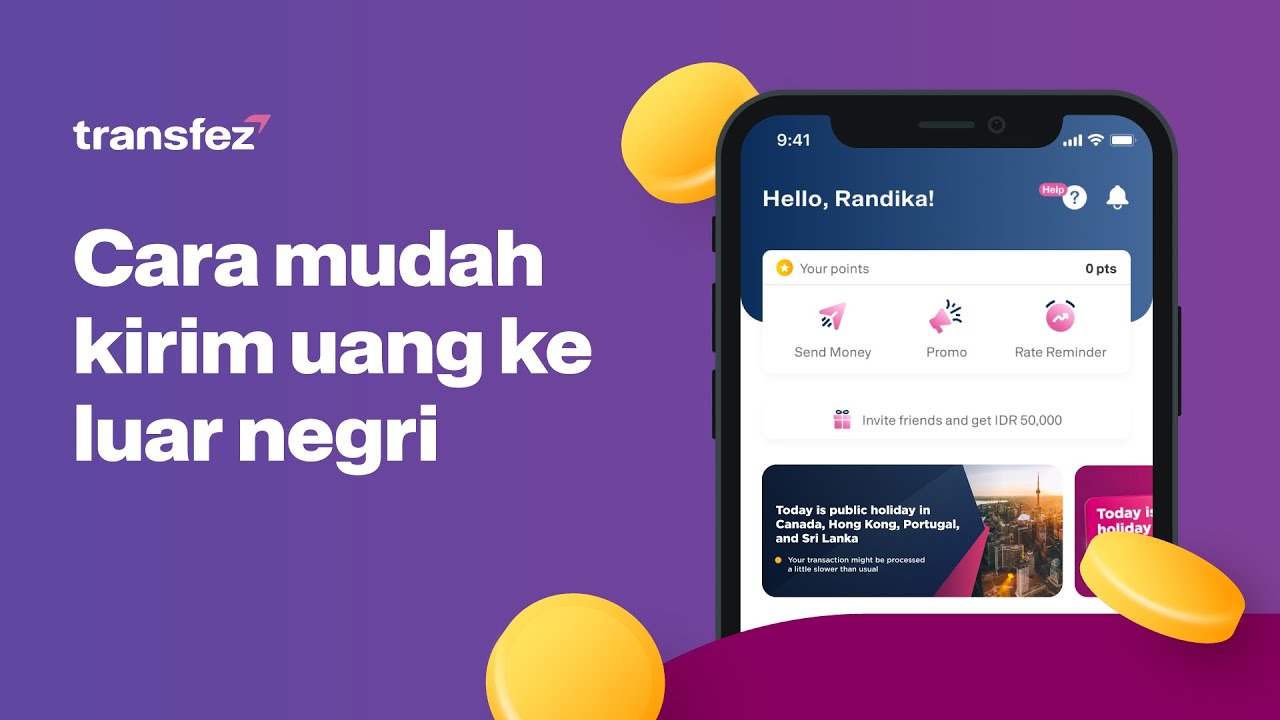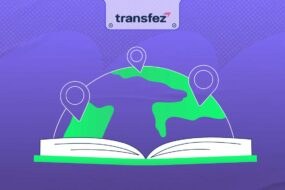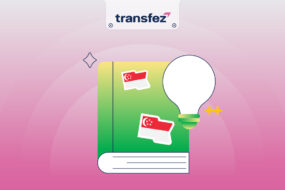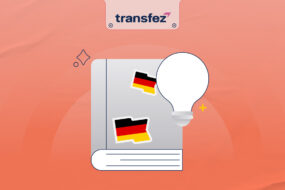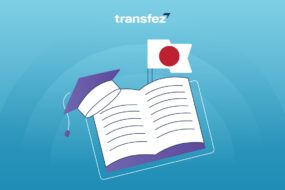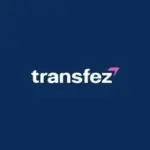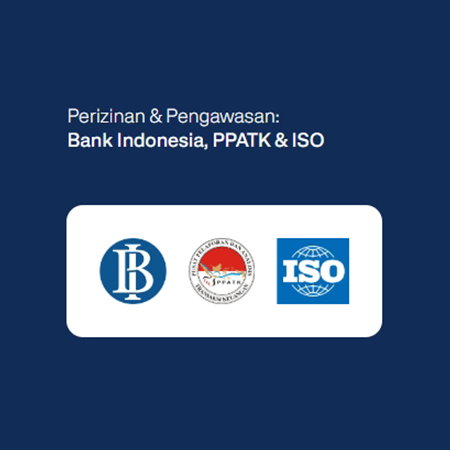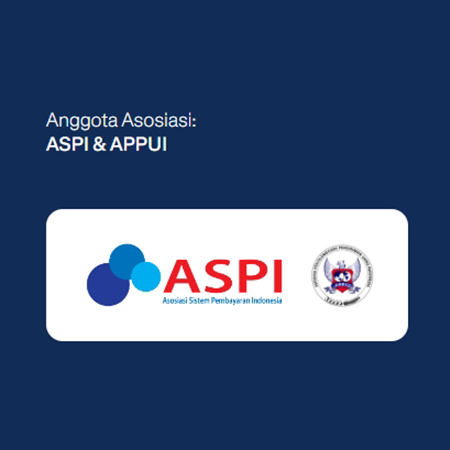The Netherlands education system differs from systems commonly used in Asia, America, and most parts of Europe. Even within Europe, the Dutch system is only similarly applied in a few countries like Sweden and Germany.
One distinct feature of the Netherlands education system is the streaming or specialization that starts from primary school. This streaming takes into account both the interests and academic capabilities of students.
Also read: Transactions with Transfez Are Safe and Fraud-Free
Netherlands Education System and Its Streaming
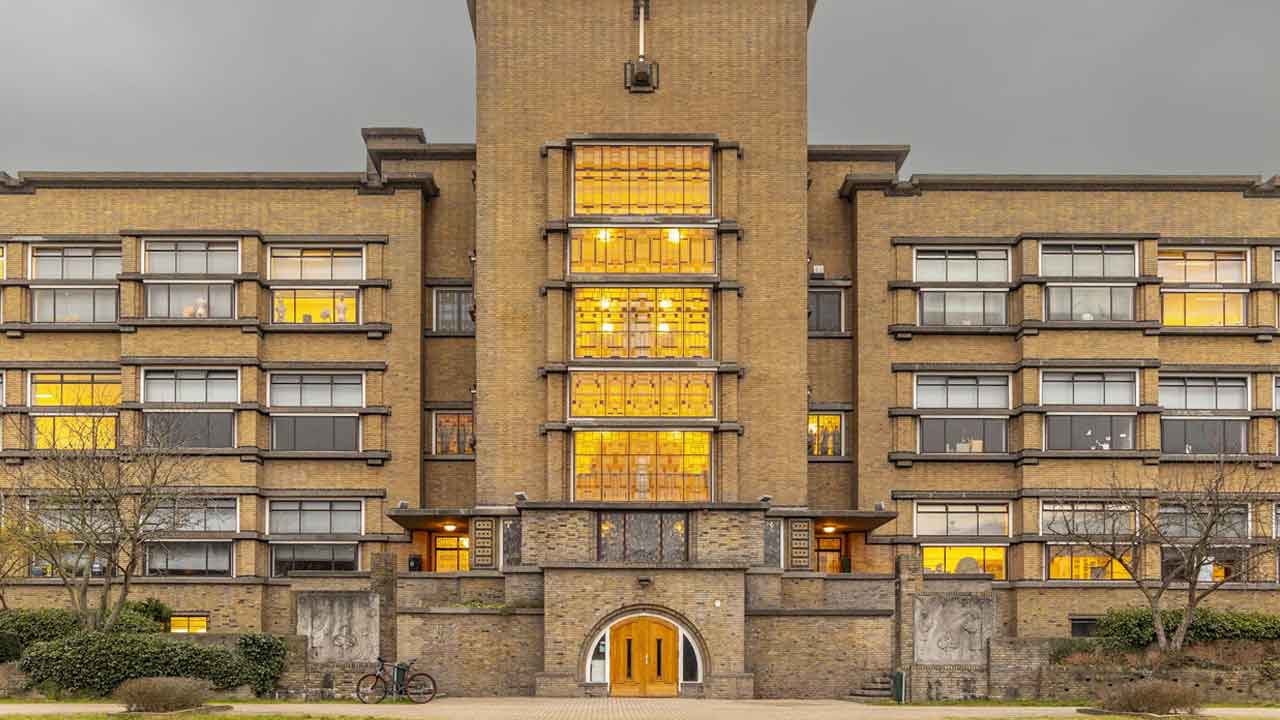
In general, the Dutch streaming system can be categorized into: primary and secondary education, senior secondary vocational education and training, and higher education. Before entering university, students in the Netherlands can choose between general senior secondary education or pre-university education.
Alternatively, students may take preparatory vocational secondary education if they don’t plan to go straight into university. This system allows students to work with programs tailored to their needs.
Transfez Makes It Easy to Send Money to 70+ Countries Worldwide
School Hours in the Netherlands
In the Netherlands education system, primary school hours typically run from 08:30 to 15:00 on weekdays. However, students may go home for lunch instead of eating in the school cafeteria.
Schools in the Netherlands generally give less homework, making it a popular choice among children. It allows time for play and physical activity, which supports children’s growth and academic performance. Children under 10 typically receive minimal homework, which parents appreciate, as homework doesn’t carry over into home life—unlike in Indonesia where students often receive regular homework.
Also read: Remittances Boost Indonesia’s Economy, Transfez Plays a Part Too
Interesting Facts About the Netherlands Education System
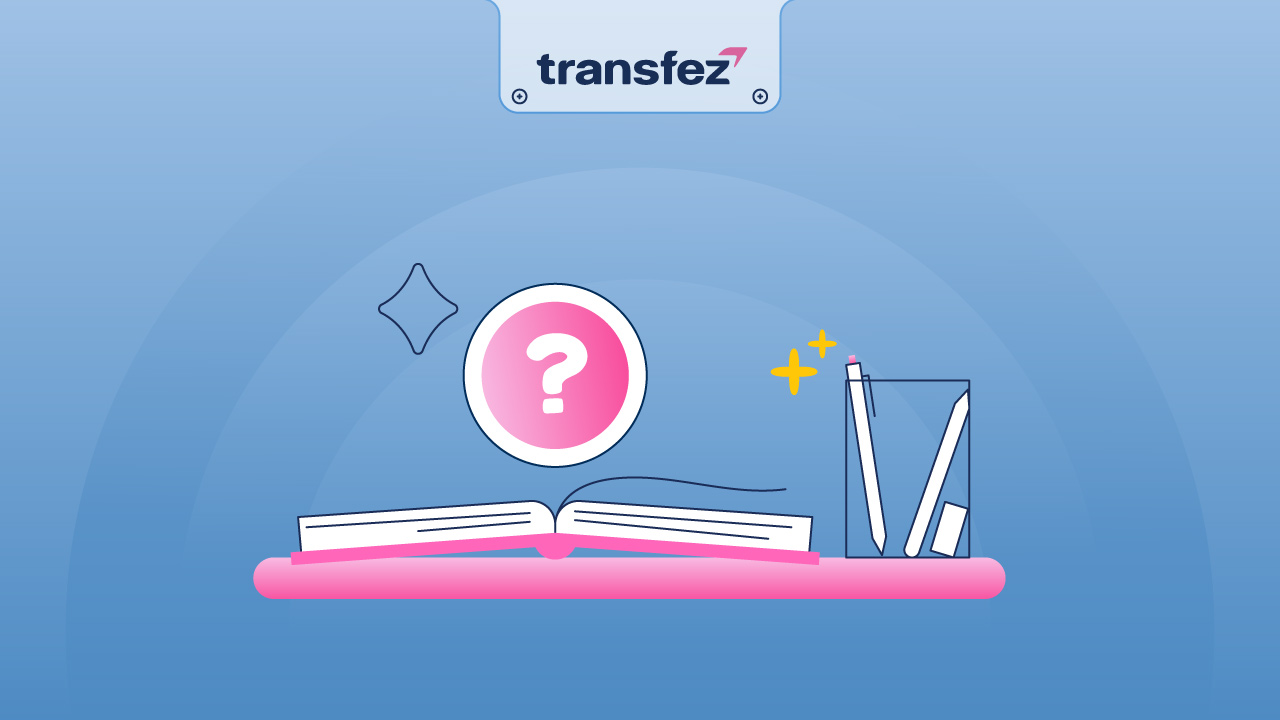
The Netherlands is a developed country and one of the world’s top choices for education, ranking as the third most educated country globally. Its system emphasizes teamwork and encourages student-teacher interaction.
Teachers are encouraged to foster creativity and give students the freedom to develop. Children typically complete 8 years of primary school and 4 to 6 years of secondary education.
After completing secondary school, students may choose vocational training or higher education. Here are some interesting facts about the Netherlands education system:
- Private institutions are usually based on religious or ideological principles
- Public and private institutions exist at all levels of the education system
- Primary education is for children aged 4–12, with compulsory schooling starting at age 5
- Primary school consists of 8 levels (group 1 to group 8), typically completed by age 12
- At age 12, students may choose between vocational, general, or pre-university secondary education
- Vocational secondary education lasts up to 4 years
- General secondary education lasts up to 5 years
- Pre-university education lasts up to 6 years
- The Ministry of Education, Culture, and Science (Ministerie van Onderwijs, Cultuur en Wetenschappen) oversees education
- Research-oriented education is offered at research universities
- There are two types of higher education: research-oriented and professional-oriented
- School attendance is mandatory, and students may not skip school except for specific reasons like family events or emergencies
- Research university programs focus on theory and independent research skills
- Universities of applied sciences focus on practical, professional training leading to bachelor’s or master’s degrees
- Higher professional education is delivered by universities of applied sciences
Read Other Transfez Articles About Education
A Complete Guide to the Education System in Australia
Understanding the Myanmar Education System
Netherlands Education System: Structure, Facts, and School Hours
8 Surprising Facts About the China Education System You May Not Know
Educational Levels in the Netherlands
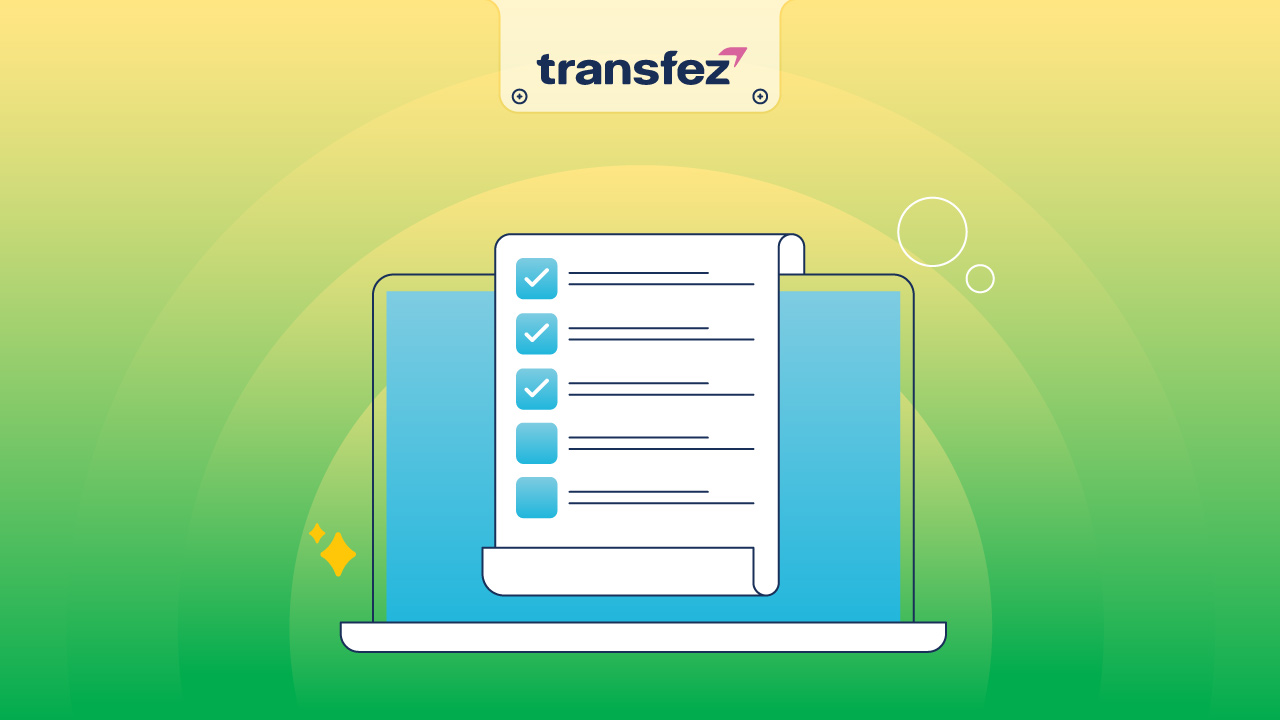
1. Daycare/Kindergarten
Until age 5, infants and toddlers in the Netherlands may attend various forms of non-compulsory early childhood care like daycare or preschool. Alternatively, parents or relatives may provide early education and care at home.
2. Primary School
Primary school consists of 8 levels known as groepen, starting from age 4 in group 1 to age 12 in group 8. Students gain basic skills like reading, writing, and math, and begin learning English in group 7.
3. Secondary School
Secondary education in the Netherlands is divided into three main streams:
4. VMBO
VMBO is a 4-year vocational track catering to different learning levels. Depending on their progress, students may transition to HAVO or enroll in an MBO (senior secondary vocational training institution).
5. HAVO
This 5-year general secondary program prepares students for applied sciences universities (HBO). Students typically complete HAVO by age 17 and may pursue bachelor’s programs afterward.
6. VWO
This 6-year academic track focuses on theoretical knowledge. Students usually graduate around age 18, prepared for research university study.
Want an easier and more affordable way to send money abroad? Use Transfez!
Transfez accounts are free to create and allow you to send money internationally more affordably, transparently, securely, and quickly to foreign bank accounts.
Simple steps to send money with Transfez:
1. Register for a Transfez account,
2. Enter the amount to be sent,
3. Verify your identity,
4. Provide the recipient’s details,
5. Make the payment,
6. Your transfer is complete.
Learn more about sending money abroad with Transfez here. You can also try our currency converter or browse the list of destination countries to see how much your recipient will receive using Transfez.
Download the Transfez App
The Transfez app helps you send money abroad faster, more efficiently, and at lower costs. Jack Finance can also support your business with international transactions. Whether you’re supporting family studying, working, or traveling abroad, Transfez is here to help. Available on Android and iOS. Download now!

